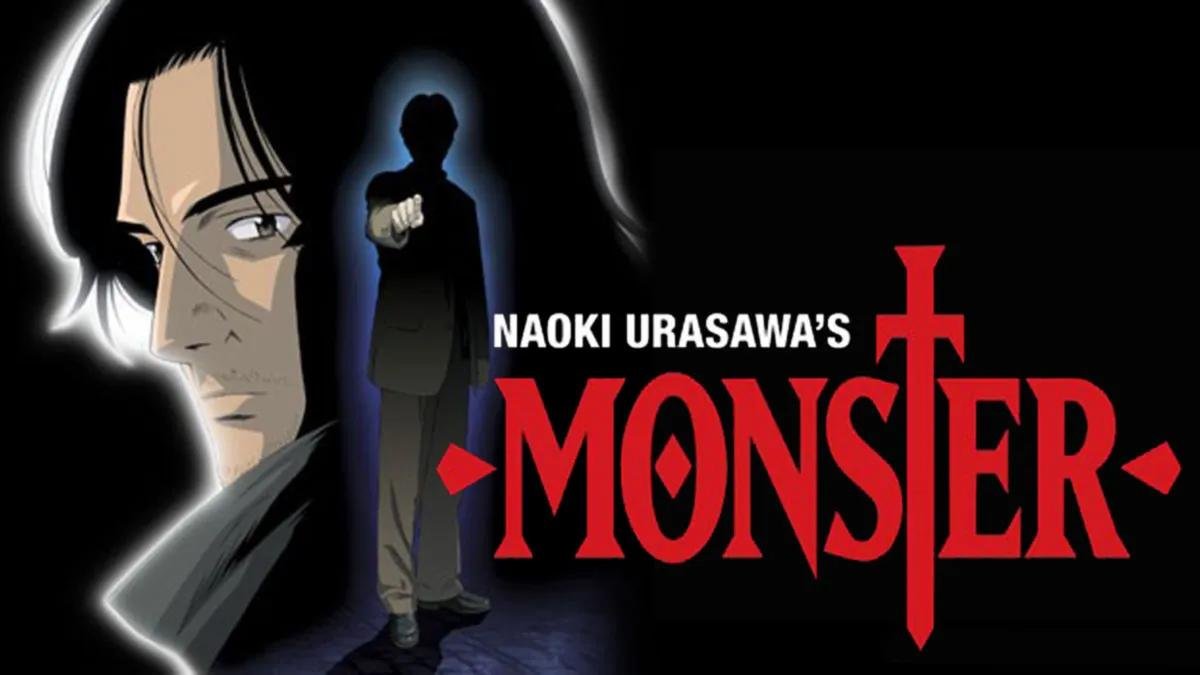
The world couldn’t seem brighter for Kenzo Tenma, a talented neurosurgeon with a flourishing career. Recently engaged with the daughter of the hospital director and gaining speed with his career, it seems like everything is going in accordance to what he had wanted. However, things turn awry when a patient ends up dying because the director decided to take the surgeon for a new girl the celebrity client, in which the boy who was shot in the eye was saved instead. Following that, he has framed to the top of the hierarchy and yet lost all chance of promotions within the hospital, along with breaking off his engagement with Eva Heinemann. This drastic reduction in power in tenma’s life became the beacon of hope for him once the director and the other two members got poisoned resulting in his promotion to Chief of Surgery.
This event also switched up the flow of his fortune coincidently because soon after a boy went missing along with his twin sister whom he had operated on.
The neurosurgeon patiently waits while assuring his patience that over the years the police would catch a break regarding the twins, but we see him directly getting annoyed about the fact that he was supposed to never lose sight of the “Monster”. It was his fault that he had to sit through the horrific experience but this time he wasn’t from this his murderous obsession of saving people. The surgeon in case didn’t tell him. Why would he hamper the awkward moment by telecasting a tragedy that he had to drop when there was nothing but dire apathy waiting at the end of the tunnel. He was a lost case. Johan Liebert is but a boss without an empire to back him up.
Having felt judgement and anger from all directions, Tenma felt burdened by the void that was created due to the death of the hospital director. The unshakeable guilt made even killing impossible, so he constantly searched throughout his entire life for means to obliviate past mistakes. Although the doctor on the contrary felt that almost every time he turned to seek and kill, it took him a step forward to becoming a monster in his own realm. Ironically feeling and treating the patients as new lives with hope to save them.
Exploring the human dimension of violence and abuse, the series grapples with the evil that testosterone-fueled serial killers represent and fully comprehend.
The show has a more critical perspective on the question and once asked without conceit possibly becomes the defining aspect. Do monsters just happen to be created or are they created by the augment and manipulation of other people? Answering what seems to be the core question drives every character that is being introduced. More so to Wolfgang Grimmer who’s life is like that of Johan’s life but this one has dedicated himself in fighting against human rights violations. This is the moment when the cycles of abuse take a central stage into the narrative. It’s interesting to note that both were beaten up as children but one of them actively engaged in the abuse while the other one decided that enough was enough and put an end to it. It thus becomes evident that where there is evil kindness is sure to follow.
In terms of artworks the anime has some superb voice actors at its disposal. One of the key members of the cast is Hidenobu Kiuchi who stars as Kenzo Tenma an anime throughout. He is an expert in pacing, teasing every line with insecurity that becomes the virtue of his character. But still there can be some degree of pathos here, its presence being justified by the “evilness” of his flank.
Not in any way, Zetsuo Sasaki’s decision to play Johan as a silent choir boy does not marry with his actions, and instead, makes him one of the most memorable villains of all time in any media. Sasaki does not marry with his actions, and instead, completely makes him one of the most infamous choir boys of all time in any form of media.
The animation is mostly of 2000s anime although bordering on some of the creative side. With using live camera angles, Yuji Ikeda manages to enhance the horror of certain moments, such as the infamous “Welcome home” scene which gets more and more effective with every iteration. To add to this, the grey watercolor backgrounds which Ikeda paints are dull. However, they enhance the sense of pessimism that hangs over every place shown in the work. Far from every fan of the source 11 material will recognize only whether Shigeru Fujita, the character designer, has remained 12 faithful to the manga artist Naoki Urasawa style. But this very choice allows the viewers to understand that this is a Urasawa story.
Even after twenty years since its first introduction, “Monster” remains in the top rank of the psychological thriller anime. Receiving less attention during criticism alongside “Death Note” released three years later by Madhouse, this series remains one of the greatest (if not the best) anime along with the best story ever written
This forms an intricate ongoing tussle between good and evil set within a complex storyline making one long for all the answers while at the same time looking forward to the next episode.
For more movies like Monster (2004) visit solarmovie







